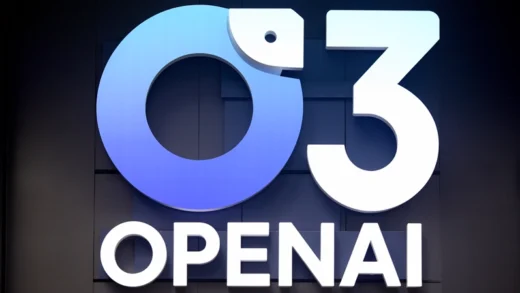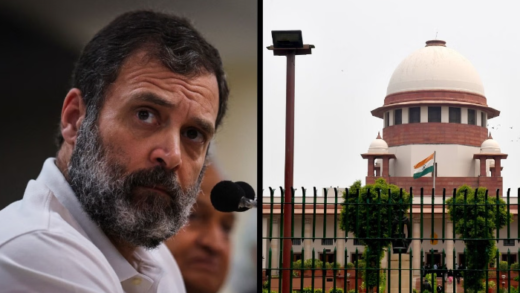Indian state-run oil companies began importing liquefied petroleum gas (LPG) from the US in May, following China’s imposition of retaliatory tariffs on American propane. Traditionally reliant on the Middle East for over 90% of its LPG imports about 20.5 million metric tonnes in 2024— ndia is now seeking to diversify its sources. Four industry sources revealed that India plans to source roughly 10% of its LPG imports from the US by 2026 to reduce its trade imbalance with Washington. LPG, a blend of propane and butane used primarily for cooking, is imported by Indian Oil Corp, Bharat Petroleum Corp, and Hindustan Petroleum Corp, and sold at subsidised rates to households.

High freight costs had previously deterred India from sourcing US LPG, but the tariff-induced arbitrage window and proposed elimination of import duties on US propane and butane have made American cargoes more attractive. “We would prefer U.S. imports on a delivered basis to minimise freight risks, much like our U.S. crude purchases,” said one industry source. The shift aligns with India’s broader strategy to secure energy supplies at competitive prices while balancing geopolitical interests.
India’s LPG demand is projected to grow 5% to 6% annually, with imports expected to rise to 22–23 million tonnes by 2026. The International Energy Agency estimates India’s consumption will reach about 1.2 million barrels per day—around 37.7 million tonnes—by 2030, growing at an average rate of 2.5% annually. The final scale of US imports will depend on pricing competitiveness, sources noted, while India’s oil ministry and key fuel retailers have yet to publicly comment on the developments.













